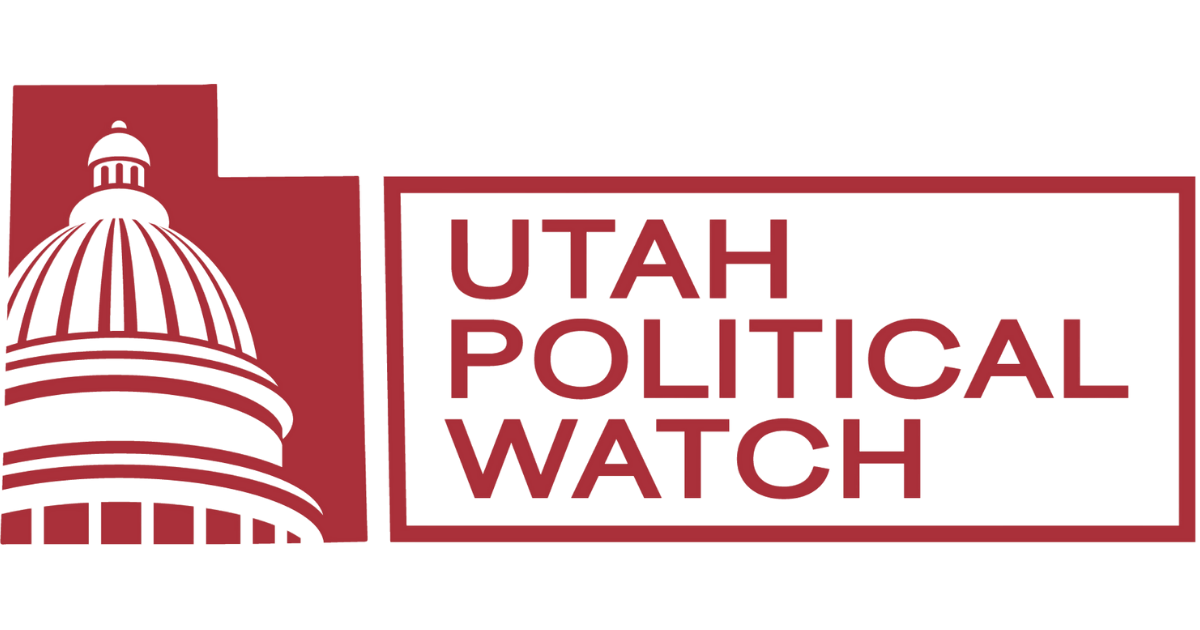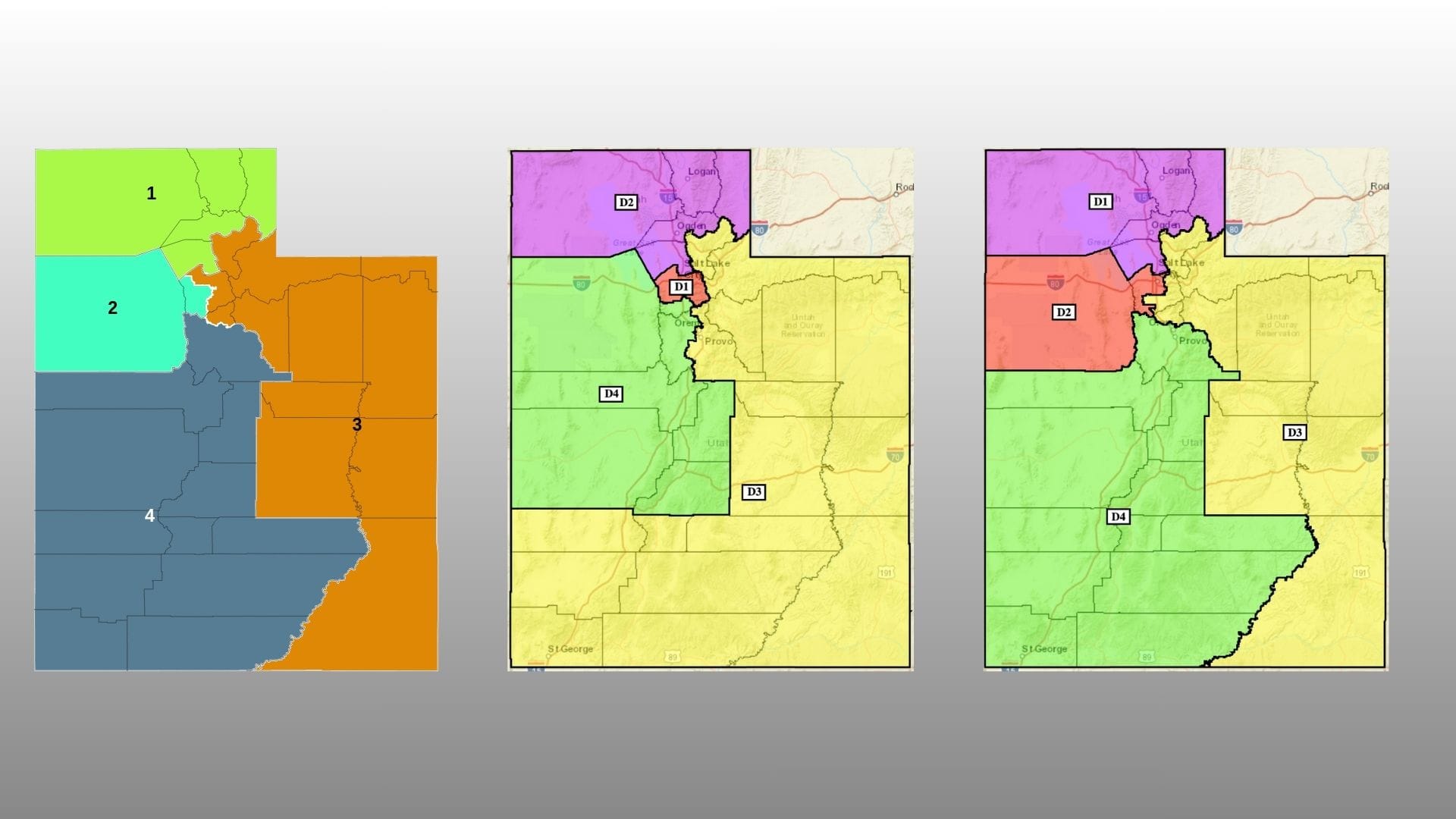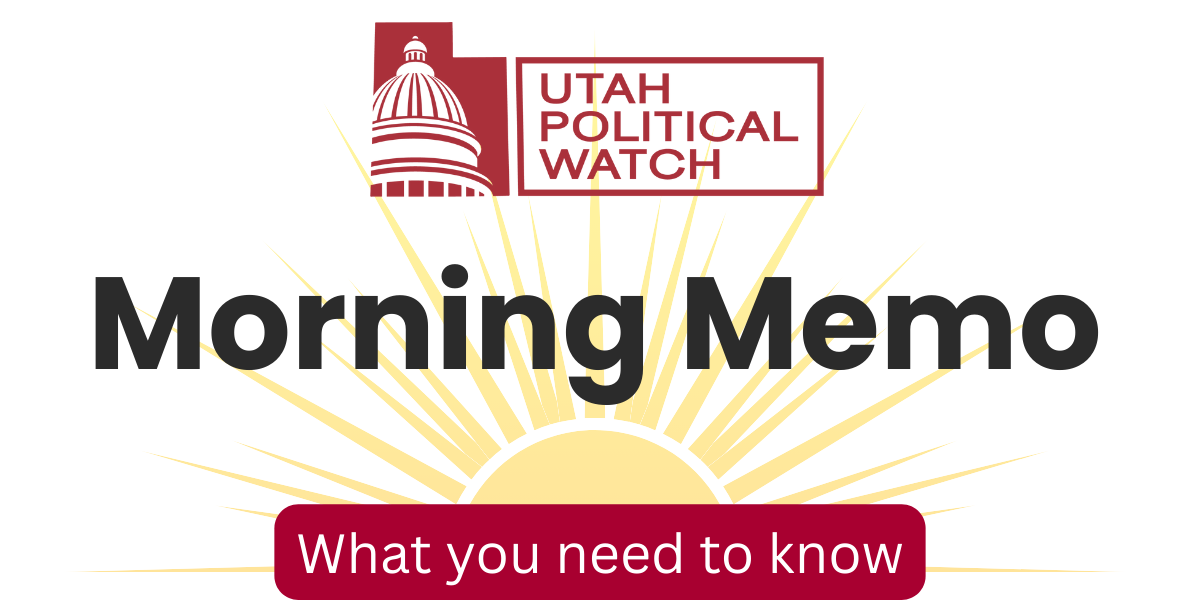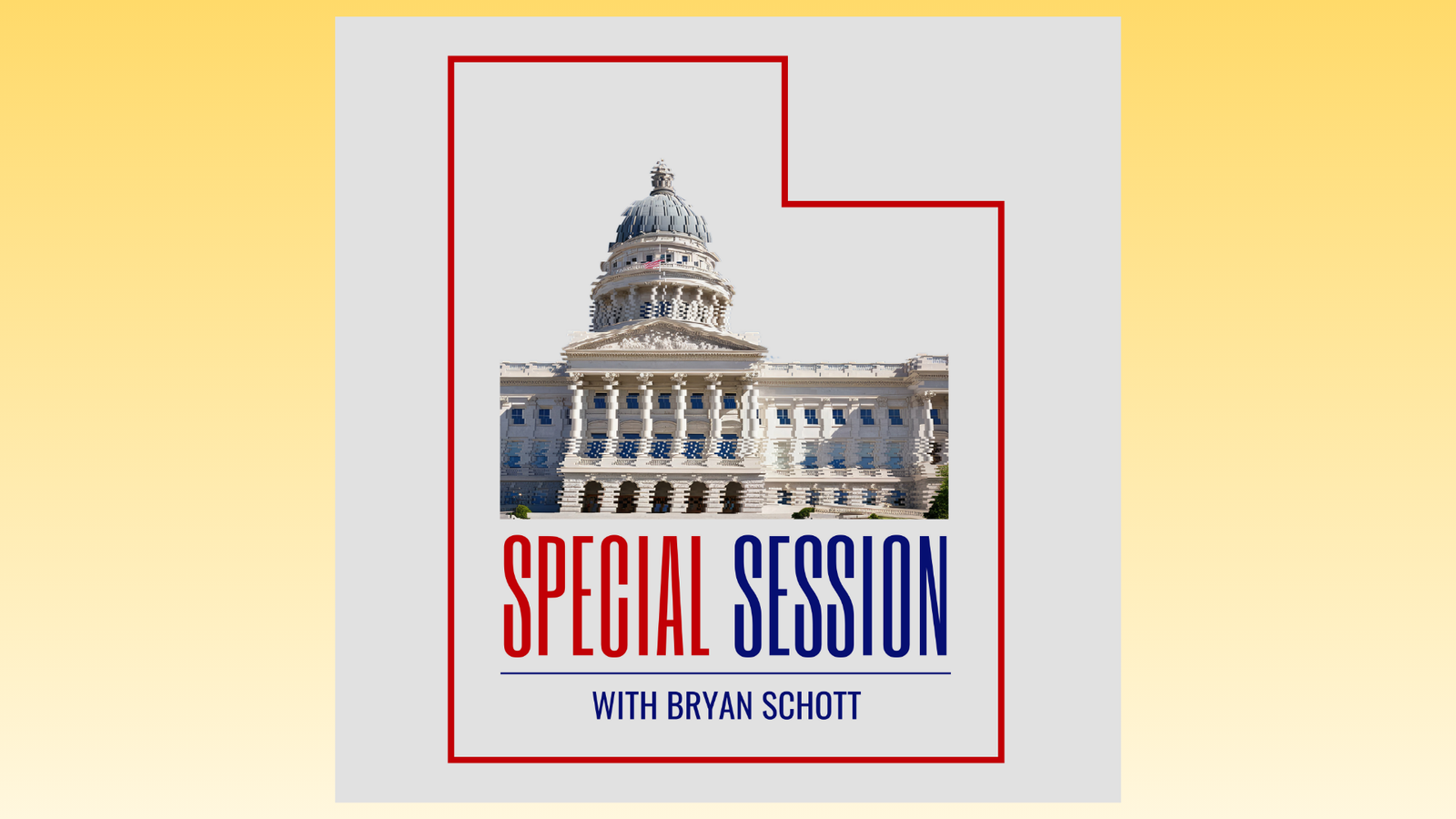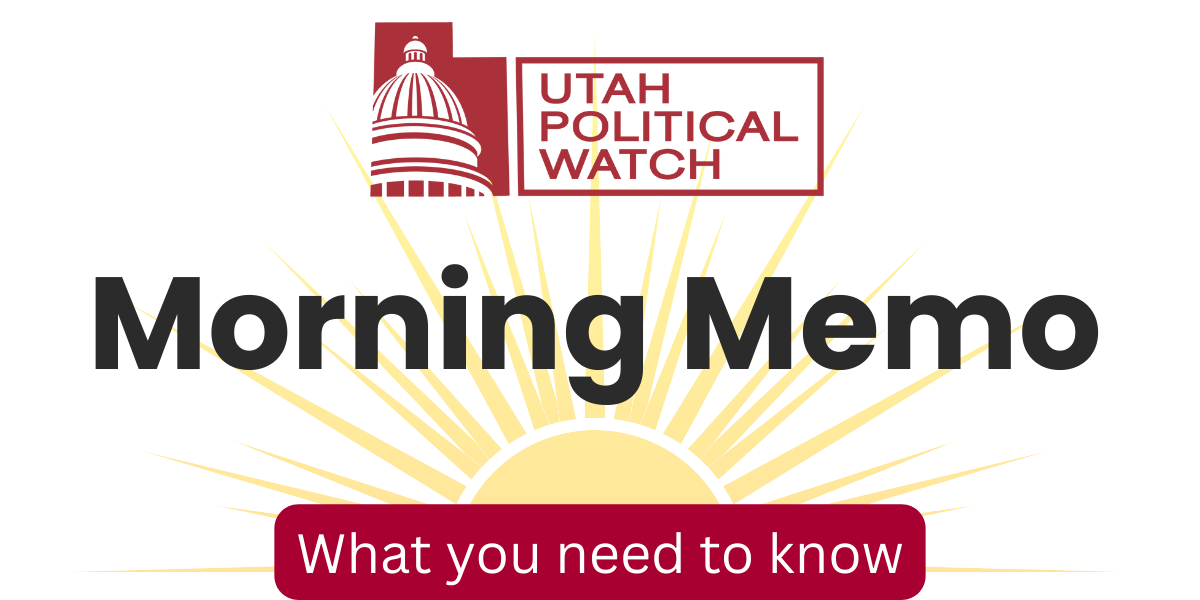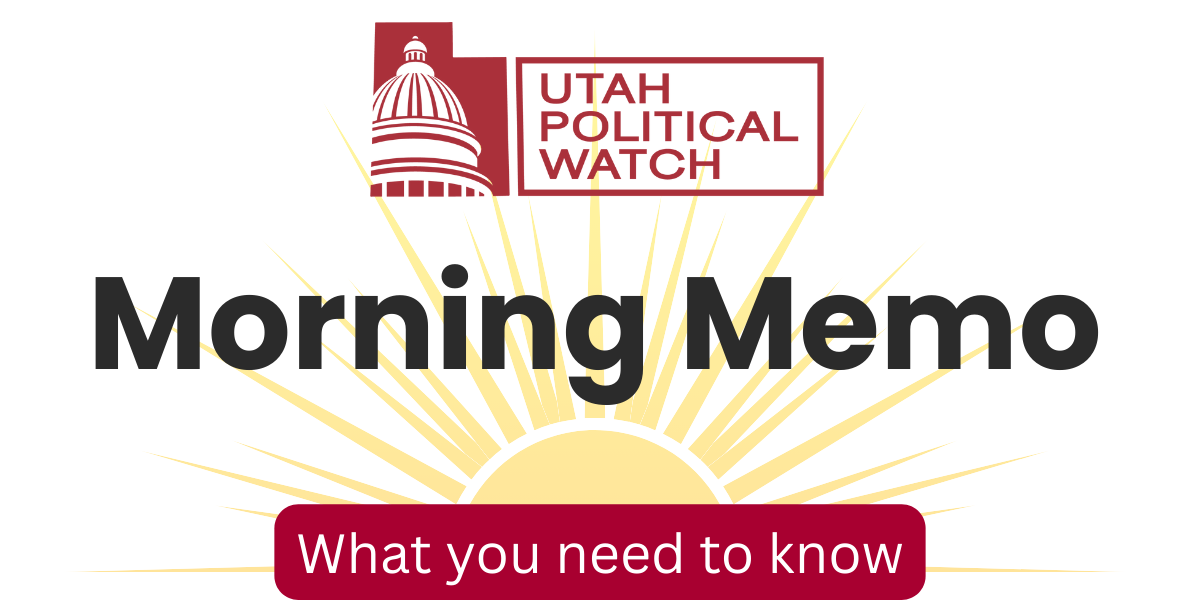A Utah judge will pick from three rival congressional maps that could decide whether Republicans keep a 4–0 lock on the state’s U.S. House seats in 2026. One map comes from GOP lawmakers after a Monday special session. Two come from the plaintiffs who got the old map tossed.
There are now three possible congressional maps that a Utah judge will pick from to give the state new districts during the 2026 midterms. One map was submitted by Utah lawmakers after a special legislative session on Monday. The other two come from the plaintiffs in the case that caused Utah’s old maps to be thrown out.
In August, 3rd District Court Judge Dianna Gibson ruled that the Utah Legislature violated the state constitution when they repealed Proposition 4, an anti-gerrymandering ballot measure approved by voters. In addition to banning partisan gerrymandering, Prop. 4 established an independent redistricting commission that is required to follow strict guidelines when drawing political boundaries.
As part of her ruling, Gibson threw out the congressional map passed by lawmakers in 2021 and set an Oct. 6 deadline for submitting new map proposals.
On Monday, the GOP-controlled Utah legislature voted mostly along party lines to submit a proposed congressional map, dubbed “Option C,” to the court as their replacement. They also passed SB1011, which instructs the court to use specific mathematical tests to check compliance with Prop. 4.
While lawmakers swore that they did not consider any partisan data during the mapmaking process, one of the requirements under Prop. 4, Option C looks like the most GOP-friendly of the five proposals put forward by Republican lawmakers. It creates four districts that Donald Trump carried in 2020 and 2024. The other four proposals include at least one district that a Democratic candidate would win under previous election results.
During the public comment period, the Utah Republican Party, several county Republican parties and other GOP-aligned groups like the Utah Eagle Forum, rallied support for Option C because it gave them the best chance to hold on to all four seats in Congress.
Following that vote, the plaintiffs in the case submitted two congressional map proposals of their own to the court as alternatives to the legislature’s proposal.
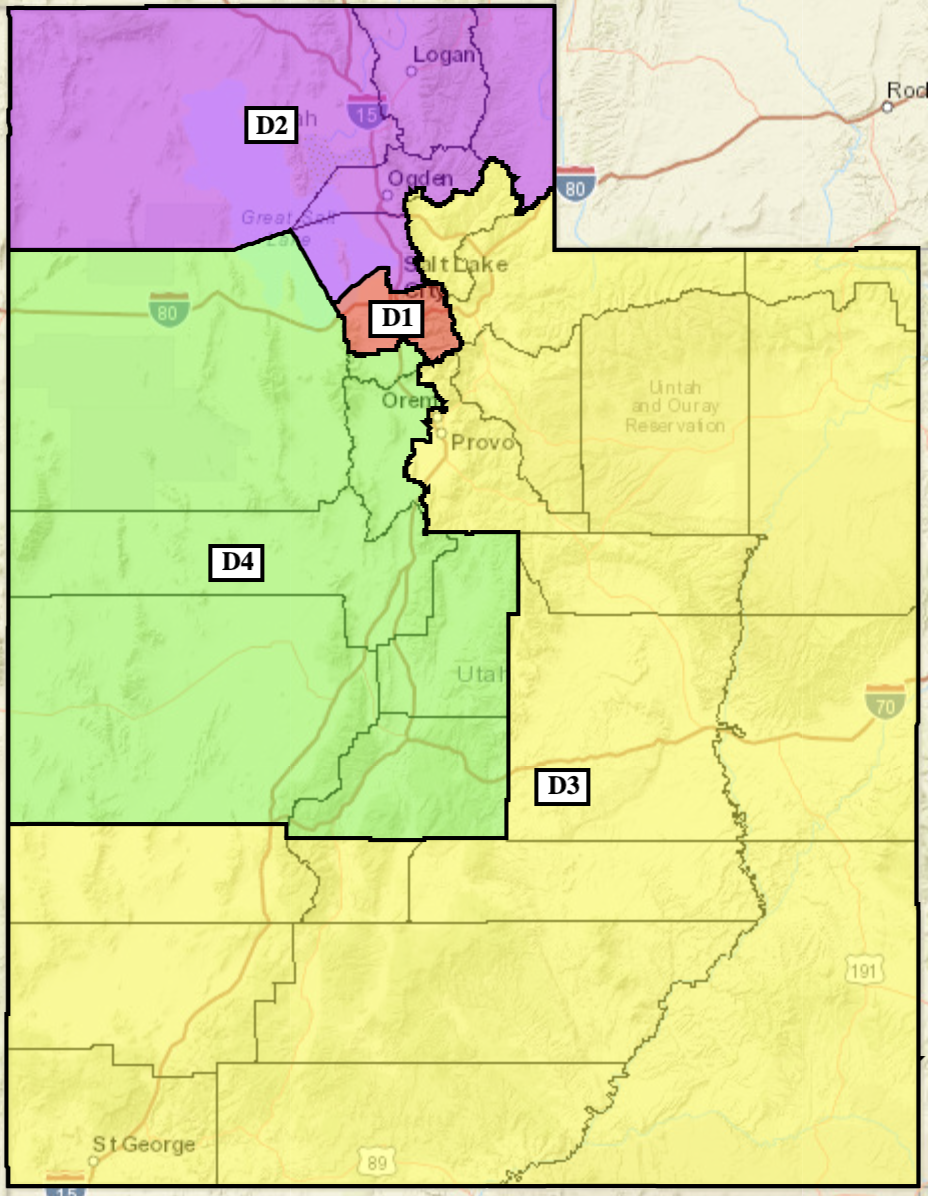
The first map creates one congressional district that covers most of Salt Lake County except for the southwestern portion. The remaining three districts are divided among the rest of the state.
- The 2nd District covers Davis, Weber, Cache, Rich and Box Elder counties.
- The 3rd District splits Utah County in half, covering the western portion while pulling in the remaining part of Salt Lake County. Tooele, Juab, Sanpete and Sevier counties are also within those boundaries.
- The 4th District is massive, covering the remainder of the state.
In their court filing, the plaintiffs explain Map 1 comes from 10,000 simulated computer-generated maps in order to comply with SB1011, which lawmakers passed during Monday’s special session and Gov. Spencer Cox signed into law shortly after it was sent to his desk. That bill, from Sen. Brady Brammer created several mathematical formulas that the court is required to use to determine whether a map meets the requirements of Prop. 4. However, those tests appear to be designed to ensure that the GOP will keep their electoral advantage.
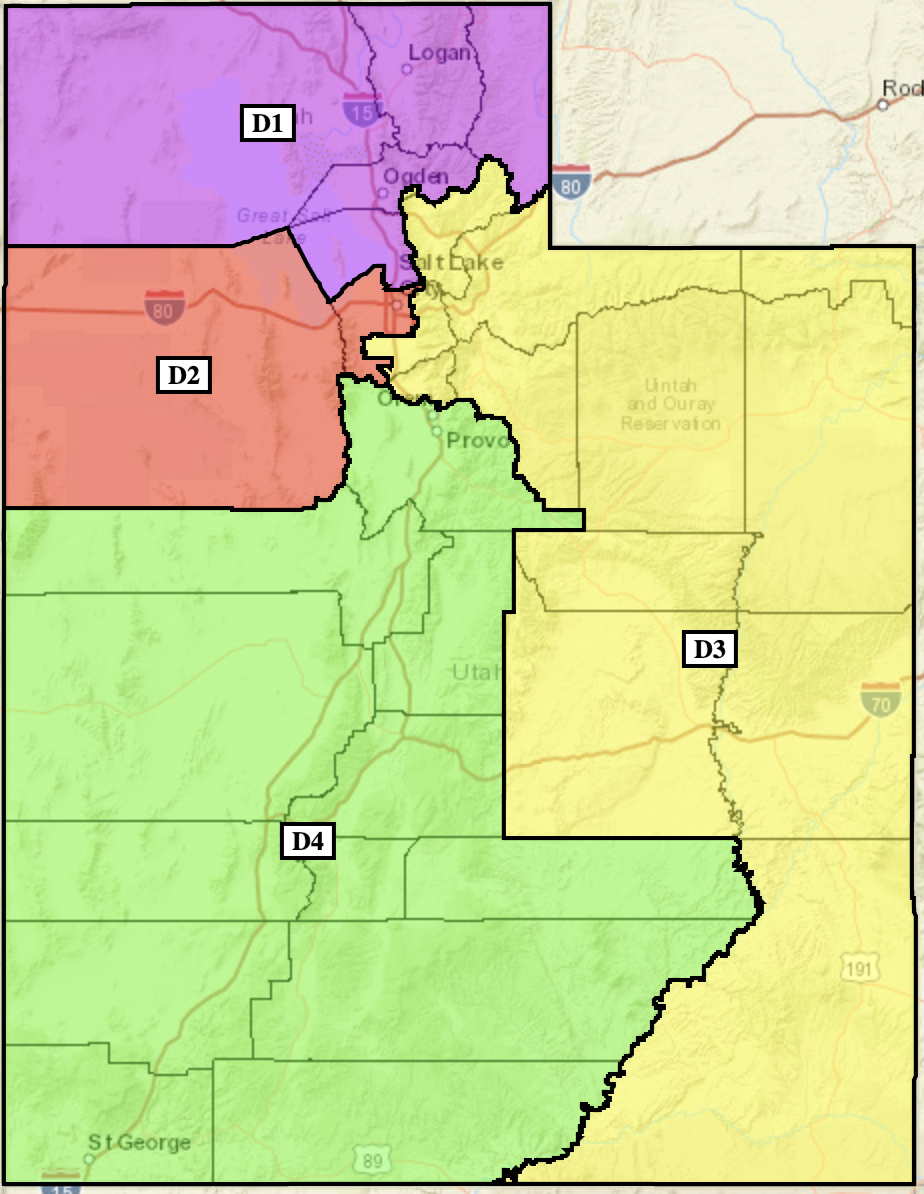
The second map proposed by the plaintiffs is based on the Option C map approved by lawmakers. The primary difference is how Salt Lake County is divided. Under the plaintiffs’ map, more of Salt Lake City is connected with Tooele County in one district, while Option C slices Salt Lake City away from South Salt Lake and West Valley City, instead combining it with the eastern half of the state. The change keeps more of the Salt Lake urban core together.
The court filing from the plaintiffs says that their second map has an 84.1% population overlap with Map C.
Both sides in the case have until Oct. 17 to file briefs and materials to support or oppose the three map proposals, with a court hearing scheduled for Oct. 23 and 24.
That might not be the end of the process. Several times on Monday lawmakers said they intend to appeal Gibson’s ruling to the Utah Supreme Court and U.S. Supreme Court, with the aim of making the 2021 map valid again.
A final map proposal must be in place by Nov. 10 in order the Lt. Governor’s office to make preparations for the 2026 midterm elections.
